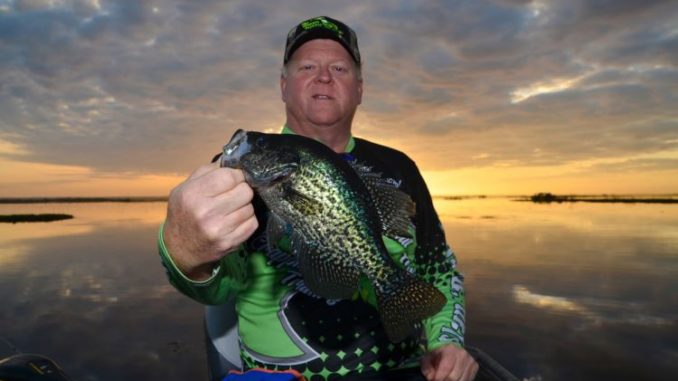
Lake Boeuf is one of Clyde Folse’s favorite fishing spots.
“It’s beautiful,” Folse said. “It’s close to where I live, (and) it produces a lot of fish and quality fish.”
But Lake Boeuf can be bewildering to the average first-time angler.
The Rorschach ink blot-shaped lake is only 2,000 or so acres, its size being difficult to determine because it is seasonally overrun by dense growths of aquatic plants that make water appear to be land.
The lake, set in wooded swamp between Lake Des Allemands to the north and the town of Raceland to the south, is surrounded by a large area of freshwater marsh, making the expanse of the lake appear much larger than it is.
The Louisiana Department of Wildlife and Fisheries waterbody management plan for Lake Boeuf describes it as averaging only 4.6 feet deep, with a maximum depth of 7 feet.
The agency’s monitoring of the lake from 1980 through 2004 found a riot of water plant species — 26 in all, in amounts that boggle the imagination. So profuse is the plant growth that the Louisiana Department of Environmental Quality in 2004 classified more than 67 percent of the lake as marsh rather than water.
The lake appears to be a mosaic of vegetation and root beer-colored water. But much of what looks like land is “flotant,” movable islands of plants so densely rooted together that some are substantial enough to support small trees.
“You have to be good at locating fish to fish in Lake Boeuf,” Folse said. “There is so much submerged vegetation. The key is to look for holes in the vegetation.
“November to April is best for sac-a-lait in Lake Boeuf (although the lake is crawling with shotgunning poule d’eau hunters during duck season). Summer is still productive, but there are so many bream it’s like fishing in a bream farm.”
Navigation can be a challenge.
“I am a firm believer that unless you are familiar with the lake, it is best not to use an outboard motor,” Folse said.
This assessment that agrees with LDWF in its lake management plan. Folse’s boat is powered by a Gator Tail surface drive engine.
“And because of all the vegetation, it can be difficult to find the entrance to Theriot Canal when you want to leave the lake,” he said.
The lake can be accessed from two boat ramps: a free ramp at Highway 308 where Theriot Canal dead ends at Bayou Lafourche, and a pay ramp on Highway 307 on the border of Bayou Boeuf.